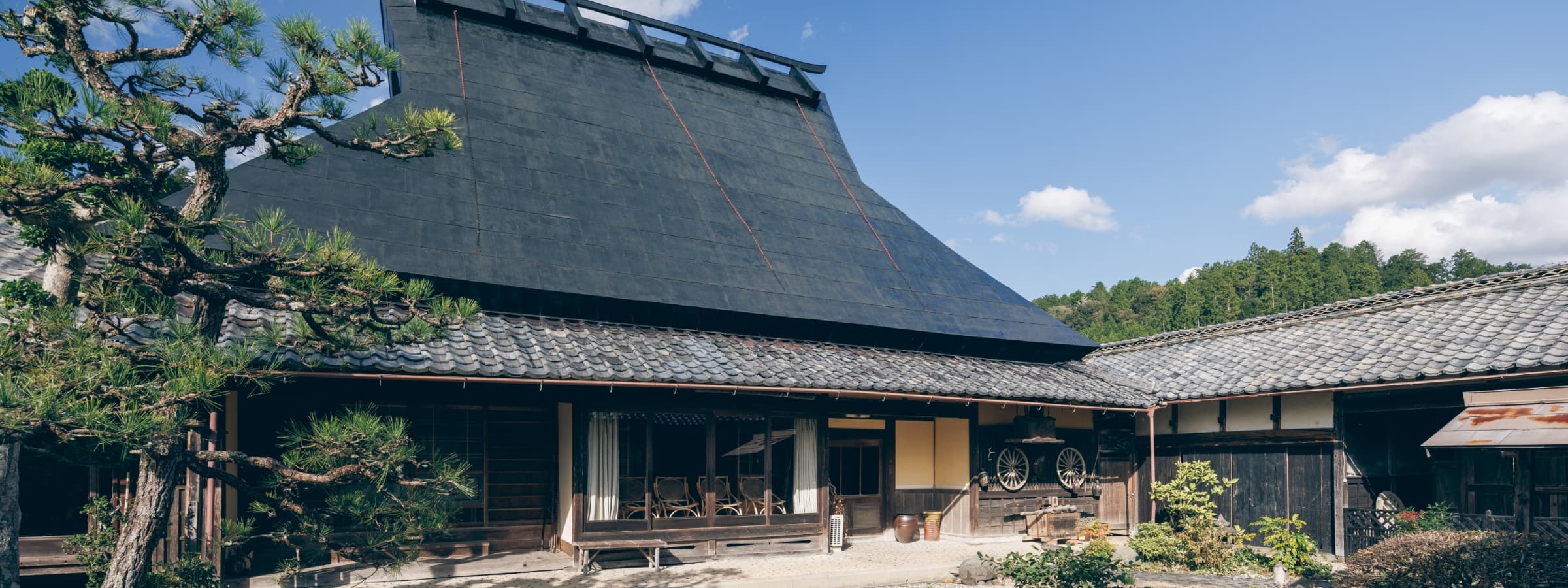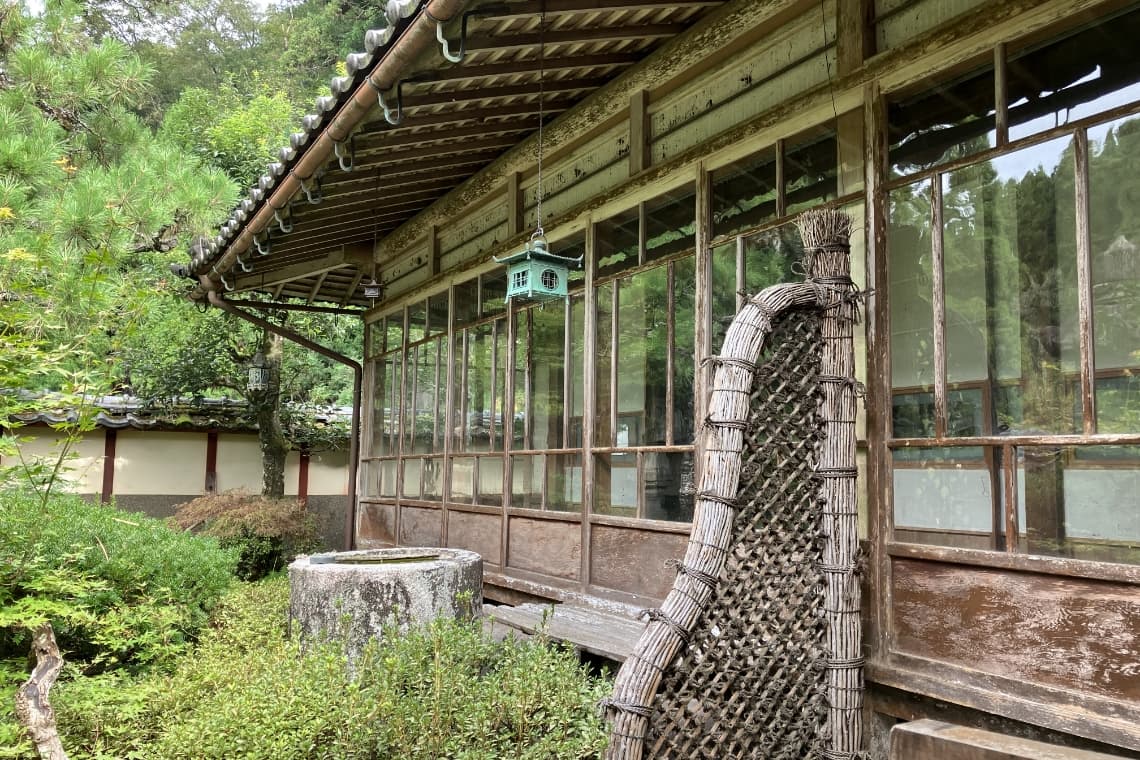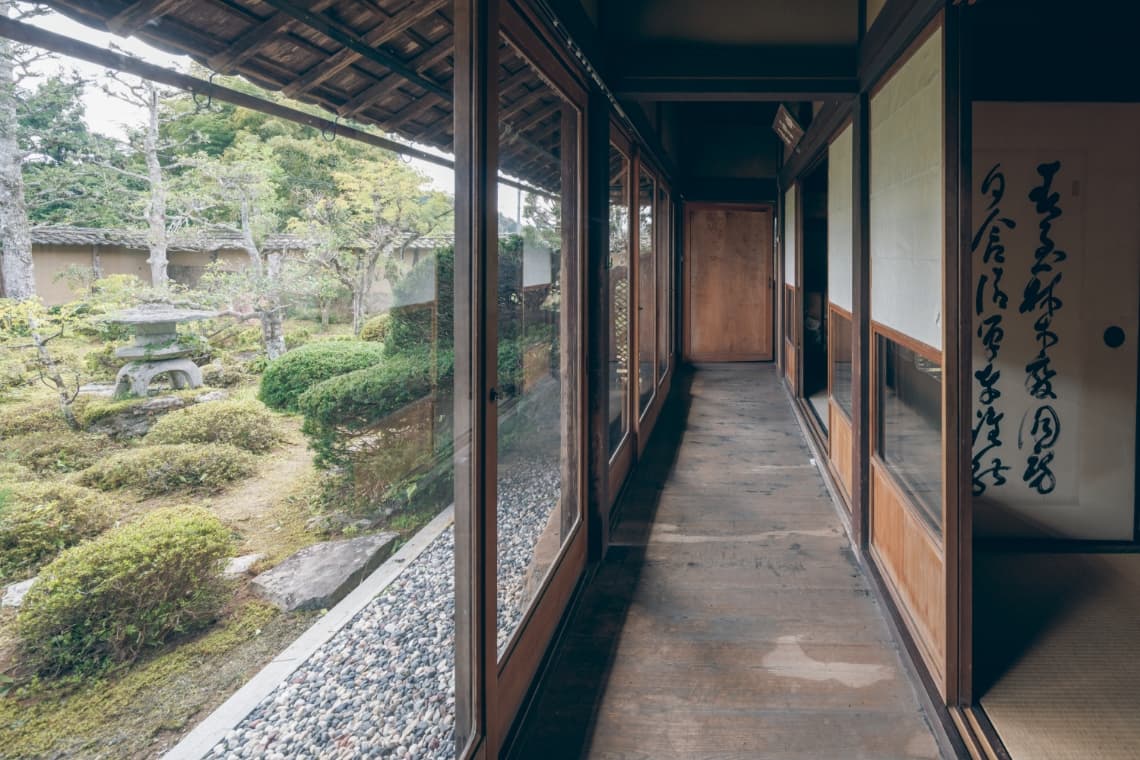The mission of passing down Japan’s proud traditional craftsmanship
to future generations together with
historical architectural structures known as “Kominka.”

“Kominka” refers to historical buildings constructed during the Edo, Meiji, Taisho, and Showa periods. In countries like Europe, there is a culture of renovating and living in such old houses while modernizing the interiors. Unfortunately, in Japan, lifestyle and housing styles have significantly changed, leading to the dismantling and loss of historical architectural structures known as “Kominka.”
However, there is a hidden demand for Kominka overseas.
We aim to deliver historical buildings like “Kominka” to overseas enthusiasts of Japanese culture. Simultaneously, we strive to export numerous traditional Japanese craftsmanship skills to the world, aiming for the resolution of challenges through business methods.
The future envisioned by our company for 100 years from now is one where historical Japanese buildings like “Kominka” are relocated around the world, and the expertise of Japanese traditional artisans is passed down to craftsmen worldwide!
Fading Kominka and the Issue of
“Vacant Homes in Rural Areas”
In Japan, the nationwide issue of vacant homes in rural areas has become increasingly serious, with approximately 9,700 vacant traditional houses, or “Kominka” in Kyoto Prefecture as of the year 2022. However, on the other hand, since around the year 2003, the total number of vacant Kominka has been decreasing nationwide.
The buying and selling of traditional houses, as well as their revitalization, are not carried out routinely, leading to the continuous demolition of these vacant houses. We believe that passing down culturally and historically valuable houses to the next generation holds social significance.

For those elderly individuals living in Kominka or those who have inherited such houses through succession, Kominka with uncertainties about utilization and marketability are often perceived as “negative legacies.” Kominka preserved in good condition or those that can be made habitable through renovation can be sold to individuals interested in rural relocation with the support of specialists like us. However, in the case of severely deteriorated Kominka, even this may be challenging. Many such houses exist in the market.

However, when Kominka are relocated, they are dismantled and reassembled at the destination, making it possible to utilize even those houses that require extensive repairs and are difficult to sell as they are. We, as specialists in Kominka, are taking on the challenge of "relocation and overseas relocation" to pass down Kominka that would otherwise have been demolished to the next generation.
I would like to emphasize that someone will have to succeed the such wonderful thing as beautiful Japan, beautiful Kyoto, beautiful Japanese garden, and traditional Japanese houses to our descendants from now on, too.
Any tangible properties surely include the people’s wish and desire and the various history.
It is difficult for us not to change the things continuously at the time when everything is going to be changed.
However, we would like to expand the “Kominka “ life adjusted to the future trend with carrying the respect and appreciation for the wisdom and technology of our predecessors.
Those argument has been increasing year by year in Japan but we feel some limitation to do it by Japanese only.
Therefore, we highly expect to have your contact with us if you would have the interest in “Kominka” and our business.